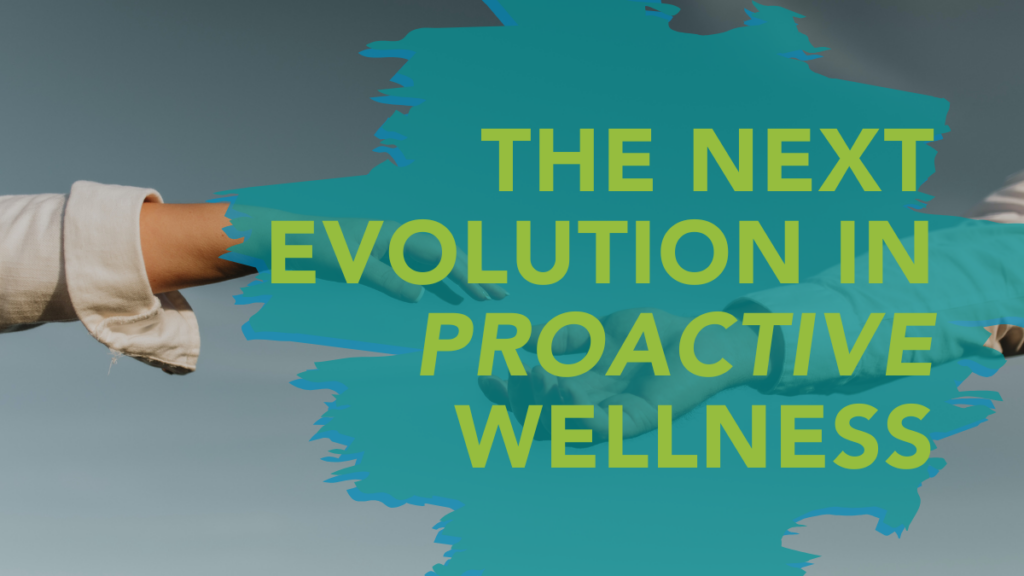Choosing an Early Intervention System for Your Department
Posted
August 16, 2019
Share:
You’re no doubt familiar with Early Intervention Systems (EIS) used by law enforcement agencies to identify off-track behavior in officers. However, in recent years, agencies have sought a more proactive and preventative solution that can identify officers before they’re involved in a career-damaging adverse incident.
They’ve found that little has changed in traditional EIS platforms since the initial days of trigger-based systems. How they look has barely kept up with other technology, and the way they work hasn’t been updated since the 70’s.
The emergence of modern problems leads many agencies to reevaluate their current EIS and consider investing in a modern one.

Non-Disciplinary by Design
Far from being a means to discipline, EIS platforms were intended to be non-disciplinary by design. However, using triggers to identify officers in need of additional support has since been found to create situations where EIS platforms are used as hindsight-driven, punitive tools, if they’re used at all.
Unlike classic EIS platforms, a modern EIS is configured to capture and analyze indicators beyond the simple mechanism of triggers and thresholds. This enables them to provide insight that can be used to address an officer before they have an incident that could require disciplinary action. It also provides a greater depth of insight into an agency’s overall health, including officers deserving of recognition, and individuals who have been exposed to a critical number of stressful events.
An EIS is intended to be an objective, smart, and automated mechanism that supports the health, safety and efficacy of your officers. Still, the idea of trusting an algorithm to interpret officer data can be off-putting to those who prefer a human touch. However, a truly modern EIS blends seamlessly with your department, informing and amplifying the impact of your frontline supervisors rather than replacing them.
Similar to the communication and tactical improvement brought about by two-way radios, an EIS extends your supervising staff’s ability to respond to officers in need of support. Furthermore, in recent years agencies have been using EIS to identify officers worthy of recognition for exceptional service.
How Do Early Intervention Systems Work?
Initially, EIS platforms were called “Early Warning” systems. While “Intervention” and “Warning” are sometimes used interchangeably, the latter has gradually fallen out of favor. Consider this –a warning will tell supervisors something is wrong, but it won’t tell supervisors how to help the officer who triggered it.
According to the National Police Foundation, using intervention terminology “emphasizes the role of the agency in providing officers with support and resources to address problems at their earliest stage.” Most police executives would agree helping officers is preferable to punishing them.
The important part, regardless of what term you use, is that you are aware an officer is exhibiting behavior pre-determined to be atypical, enabling your supervisory team to take preventative actions that “promote officer safety, health and wellness, and success.”

The first generation of EIS platforms relied heavily on the mechanics of triggers and thresholds. Agencies would select a set of indicators and then define thresholds for each one. For example, if an officer had three use-of-force instances in a single month, that would trigger an alert for a supervisor.
Though innovative at the time, recent advancements in technology allow for the development of sophisticated systems that refine triggers to allow for truly preventative action. A peer-reviewed study from our partners at the University of Chicago identified that most trigger-based systems result in a 78% false positive and 90% false negative rate.
These trigger-based systems can often orient the attention of supervisors in the wrong direction, wasting time and introducing the risk that officers in need of support will slip through the cracks. Beyond that, they often aren’t configured to provide an early enough warning.
Regardless, an EIS is an essential part of any modern agency’s personnel management toolkit for myriad reasons.
For more information about alternatives to a trigger-based approach, such as using analytics to convert data into insights, check out First Sign®.
Why would your agency want an EIS?
In a report on EIS best practices, the National Police Foundation defined one as “a personnel management tool designed to identify potential individual or group concerns at the earliest possible stage so that intervention and support can be offered in an effort to re-direct performance and behaviors toward organizational goals.”
In other words, an EIS can help you know where to focus your management efforts. Most companies and organizations have some type of support system or tool in place to position employees to succeed. Usually this falls under the purview of human resources. Agencies can apply some of these existing principles to how they think about supporting officers. EIS platforms are particularly well-suited to support agencies and their officers in the following ways.
Protect Your Officers (and Their Careers)
Law enforcement officers regularly must adapt to high-stress, complex (often unfamiliar) situations. They’re also expected to thoroughly document these events, including everything from when use of force is required to vehicle pursuits. This makes their profession unusual in that a lot of data is produced but not much is done with it to help personnel.
Early EIS platforms worked off indicators chosen through intuition. While this gets agencies part of the way towards a system that can help prevent officers from drifting into adverse behavior, these indicators alone simply aren’t enough to make sense of all the data generated by today’s LEOs.
A modern EIS allows supervisors and police executives to take truly preventative action, without getting bogged down in false positives and false negatives.
Accreditation Compliance
CALEA offers multiple tiers, but table stakes for accreditation include guidance on EIS usage. According to CALEA standard 35.1.9, agencies with an EIS must also have a “written directive” to provide structure around definitions of behavioral indicators, reviews of identified employees, remedial action, and so on. In CALEA’s own words, “the failure of an agency to develop a comprehensive system can lead to the erosion of public confidence in the agency’s ability to investigate itself, while putting the public and agency employees in greater risk of danger.”
Relationship with Community
A survey of nearly 2,000 residents of U.S. metro areas, “found that 75% of white respondents and 80% of Black and Hispanic respondents favored the use of early warning systems as an accountability mechanism within police agencies.” As communities continue to ask for more transparency and insight into how police agencies identify and address officers whose behavior does not align with their expectations, modern EIS platforms offer a solution that signals an agency is investing in not only the well-being of their officers, but the well-being of the community.

6 Baseline Functions to Look for in an EIS
As you prepare to either reevaluate your existing early intervention system or consider purchasing one for your agency, here are some baseline functions you should seek.
Trigger or Threshold Mechanisms
Though research indicates these mechanisms are no longer enough (and can often mislead supervisors), they still provide some insight into the frequency of certain events. Though you might find yourself
A Research Base
While it’s great to gain insight into your officers, there’s only so much you can do comparing your agency against itself. Implementing an EIS built on top of a longitudinal research base helps you understand your officers in the context of policing across a variety of departments.
21st Century Analytics
Data without analytics isn’t very useful. If your EIS doesn’t come with advanced analytics, your team will be left to crunch the numbers on their own. And at the rate that law enforcement produces data, it’s nearly impossible for an individual to derive any meaningful insight without the help of modern technology.
Situational Evaluation
Your EIS should be able to interpret information based on situational data. This is critical to avoiding false positive and false negatives. If your EIS can’t process data in the context of a situation, the results won’t differentiate between a justifiably active officer and an off-track one.
Temporal Evaluation
When something occurred should also factor into the information you receive from your EIS. Whether a series of events happened during third watch, on the weekend, in the morning, or during a large event should factor into which officers are flagged, if any.
Command Channel Review Support
While all agencies have some review process, our experience has revealed that each one is unique. That’s why it’s key for your EIS to be flexible enough to align with your command channel review.
Choosing an EIS is an important decision for an agency. Consider seeking out a partner who understands the complexities of policing who can also leverage the power of advanced analytics.
Related Posts
Ready to Experience the Benchmark Difference?
Benchmark Analytics and its powerful suite of solutions can help you turn your agency’s challenges into opportunities. Get in touch with our expert team today.



